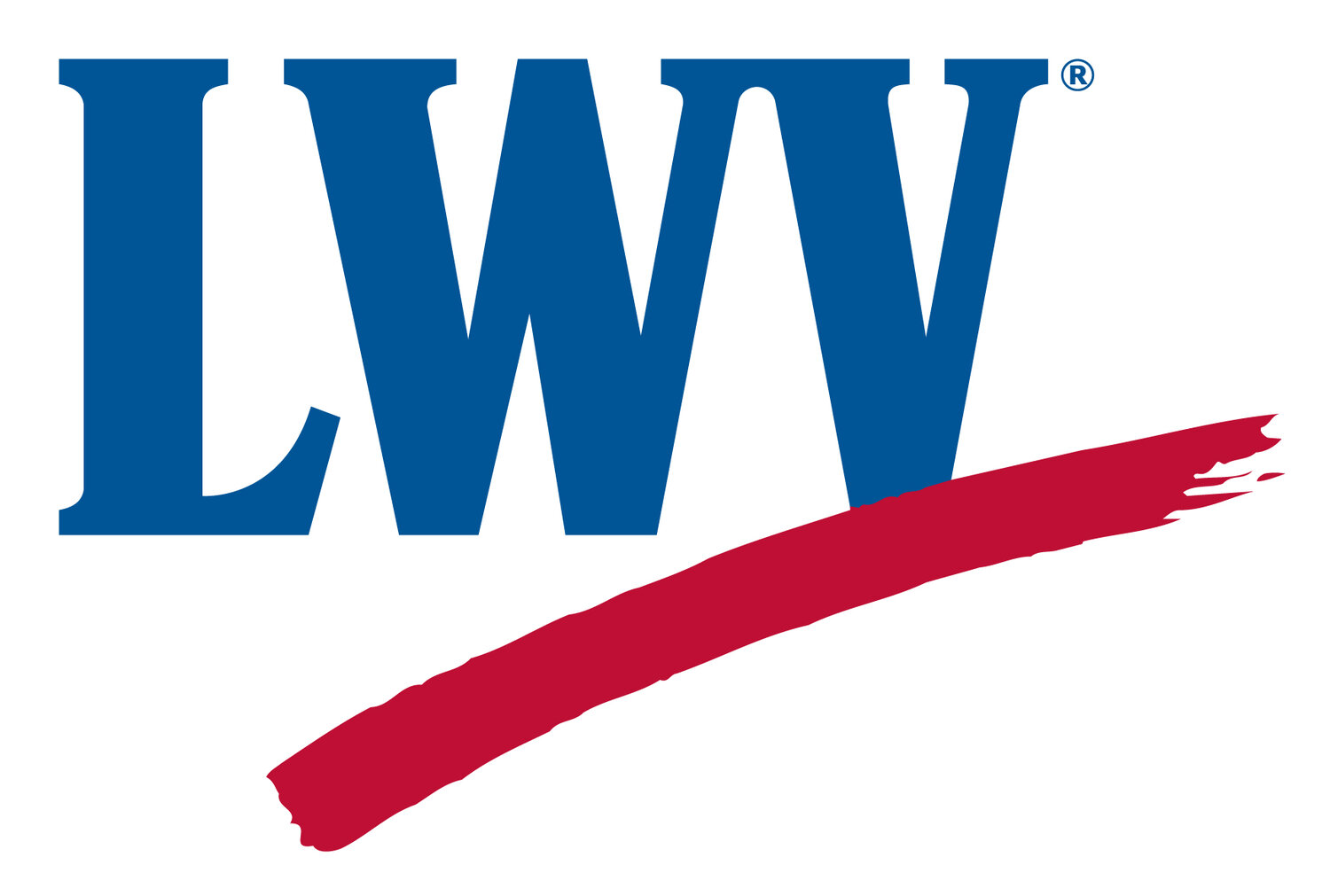Yesterday, news broke that the House had passed the education funding bill we’ve been watching so closely, but it is different from the one that was passed in the Senate. I asked the chair of our education working group, Christine Ross, to explain what that means a little bit and to point to a particularly informative news piece on the topic.
This is my understanding, which might not be quite right on all the details because the legislative process is truly Byzantine. The original education finance bill, the Student Opportunity Act, introduced 19 Sept, was developed by a joint committee and seemed to make everyone happy. The bill was deliberated in the Senate first, with many amendments considered and few of them adopted. The Senate passed the bill 3 Oct. The Senate version of the bill was introduced in the House. The House amended it by imposing a requirement that locally developed school improvement plans be approved by the Commissioner of Education, a provision the Senate bill did not include. The House bill passed the House 23 Oct. Now, because of the difference in the bills, it has to go to conference committee. This is a big deal because all parties thought they had the elements of a bill that could get agreement in both houses and be signed by the end of the year. Conference will stall things because this means both sides are pretty dug in on their positions. The Senate approach is based on the argument that local stakeholders know best how to address achievement gaps and improve their schools and don't need interference from the state education department. The House approach is based on the argument that local plans aren't always the strongest for addressing achievement gaps, and so a state education department can maintain guardrails to ensure all of the local plans can best improve student achievement.
Both bills, of course, include significant new state funding for districts like Salem that serve relatively larger percentages of students from low-income families and students who are English Learners.

